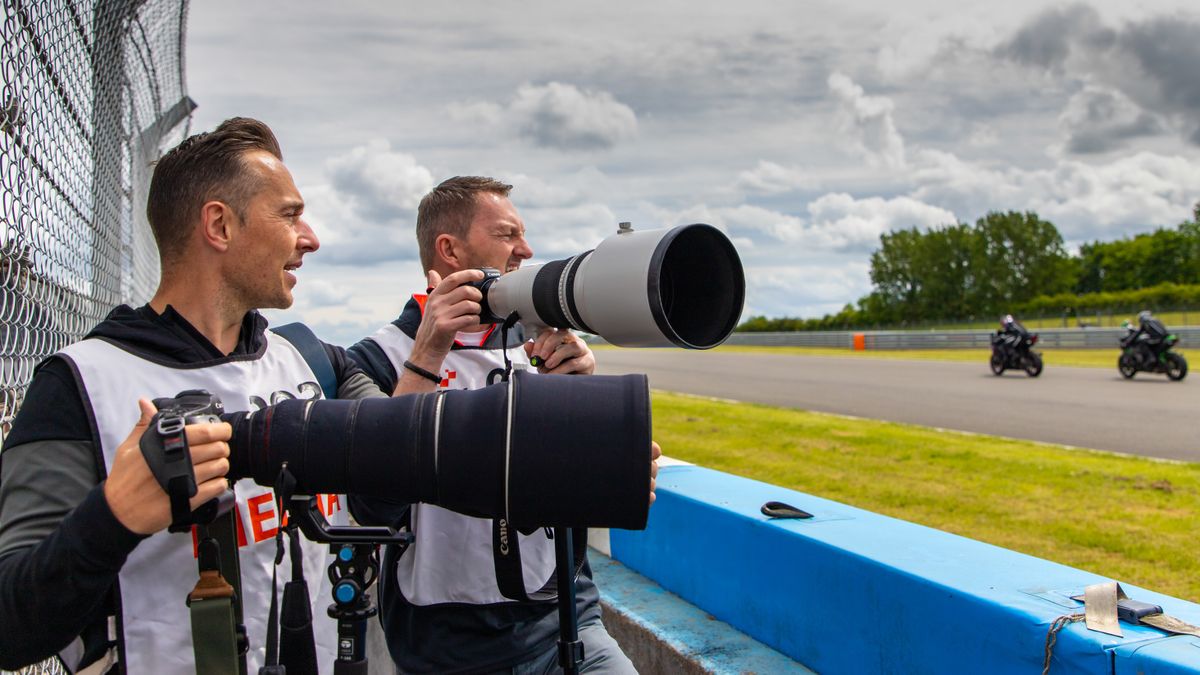Super telephoto lenses provide a unique perspective, especially for sports photography. As a novice, you can achieve a lot with a 70-200mm f/2.8L lens, but as you gain experience, you’ll discover that super telephoto prime lenses, such as 300mm or 400mm, offer capabilities beyond what a standard telephoto can deliver. Yong Teck Lim (IG: @yongtecklim), a sports photojournalist and Getty Images photo editor with global event coverage, explains why serious sports photographers should include a super telephoto prime lens in their gear.
1. Expanded Options in Large Venues Super telephoto lenses (300mm and beyond) are indispensable in large venues like baseball stadiums or soccer fields. A 70-200mm lens may not always bring you close enough to the action for impactful shots, making a super telephoto lens essential.
For sports photography, especially when limited by COVID-19 restrictions and confined to distant shooting positions, a super telephoto lens becomes crucial for capturing the event effectively.
For example, in a baseball stadium, a 400mm lens can focus on individual players at the far end of the field from the dugout.
Pro Tip: A More Dynamic Shooting Approach With a super telephoto lens, you have more control over your shots, allowing you to capture unique moments and angles.
Why Not Crop in Post? Cropping an image too much can degrade quality. A longer lens helps maintain image quality and capture players’ expressions up close.
Sometimes, Even 400mm Isn’t Enough For larger sports venues in the region, a 400mm lens is typically sufficient, though a teleconverter can offer more flexibility. However, teleconverters may decrease aperture size and autofocus speed, limiting low-light shooting capabilities.
2. Enhanced Aesthetic Quality Super telephoto lenses excel in creating clean backgrounds through telephoto compression, bringing backgrounds closer and making them appear larger. This enhances the aesthetic quality of background bokeh, improving the overall image.
3. Setting Yourself Apart Even if many photographers have super telephoto lenses, combining them with a keen eye, skill, and experience sets you apart. Understanding your subject and creative eye will distinguish your work.
For sports like basketball, a 70-200mm lens suffices for capturing standard action shots. However, a super telephoto lens allows for different, distinctive shots of athletes like LeBron James during an NBA game.
For indoor tennis matches, depending on player proximity, a 70-200mm lens can capture half to full-body shots.
Pro Tip: Master Your Techniques Be aware of lighting conditions and background elements to maximize your shots. For example, backlighting at a tennis event can highlight hair and sweat details, creating unique imagery.
Tips for Handling Super Telephoto Prime Lenses
- Shoot with Both Eyes Open: This helps combat dizziness from magnification and keeps you aware of on-field action, ready to capture key moments.
- Use a Monopod: Super telephoto prime lenses can be heavy. While newer models are lighter, a monopod offers stability and mobility for long shoots.
